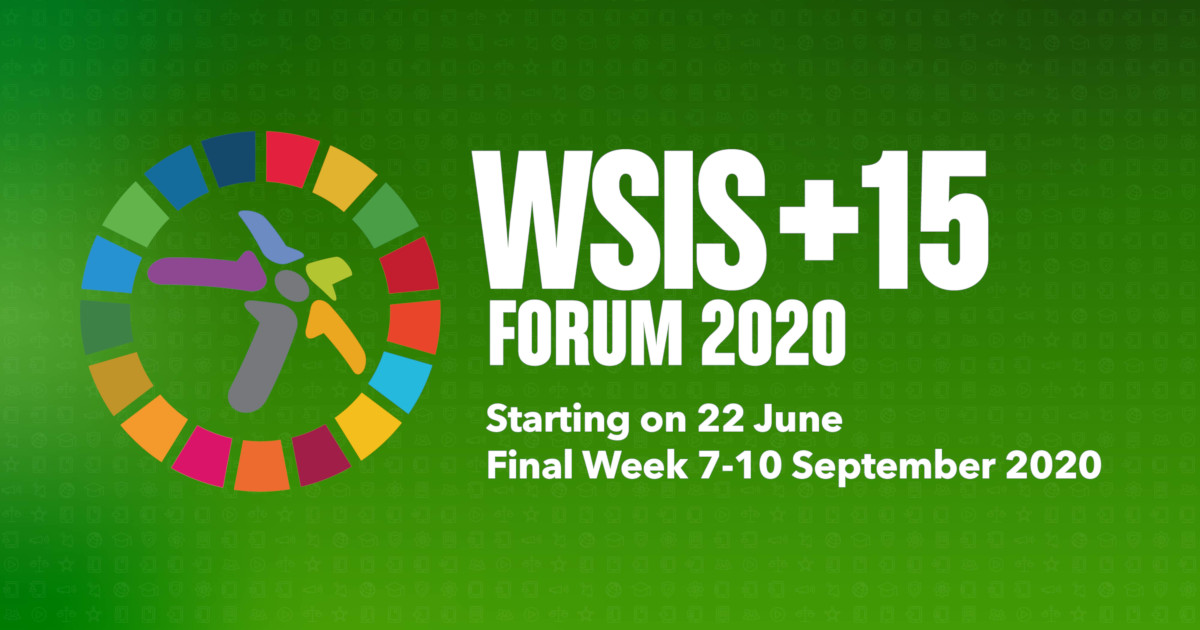ICT and Accessibility: Safe Listening
International Telecommunication Union and World Health Organisation
Session 124
Make Listening Safe and create the world where nobody's hearing is put in danger due to unsafe listening.
The session is organised in s World Health Organisation - Making Listening Safe Initiative https://www.who.int/activities/making-listening-safe This session will explore the role of policy makers, manufacturer and apps developers towards a common goal of creating a world where nobody’s hearing is in danger due to unsafe listening practices by implementing ITU - WHO recommendation H.870. We will introduce ongoing work at Making Listening Safe Workgroup, part of a World Hearing Forum at WHO, and recent ITU follow up recommendation H.871 addressing safety of personal sound amplifiers and sound enhancing apps.
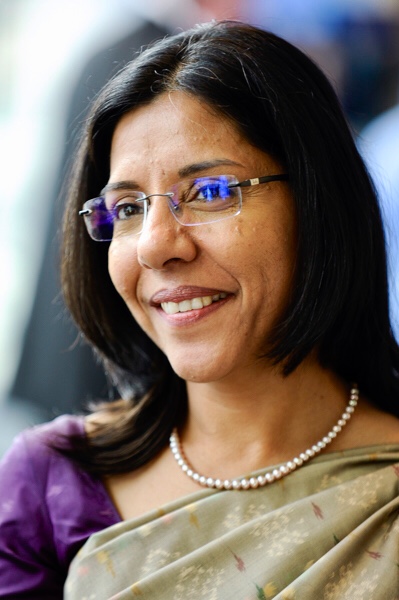
Shelly Chadha Technical Officer, Ear and Hearing Care, World Health Organization An otolaryngologist and public health expert, Shelly Chadha leads the WHO programme on deafness and hearing loss. Shelly Chadha had over 15 years of experience, working in the clinical and public health field in India before joining the World Health Organization. At the WHO, she is responsible for shaping the global hearing health agenda, undertaking advocacy and providing technical support to Member States in the development, implementation and monitoring of ear and hearing care plans. The major initiatives led and coordinated by Shelly Chadha include: the World Hearing Day; the Make Listening Safe initiative; the World Hearing Forum and the World Report on Hearing.
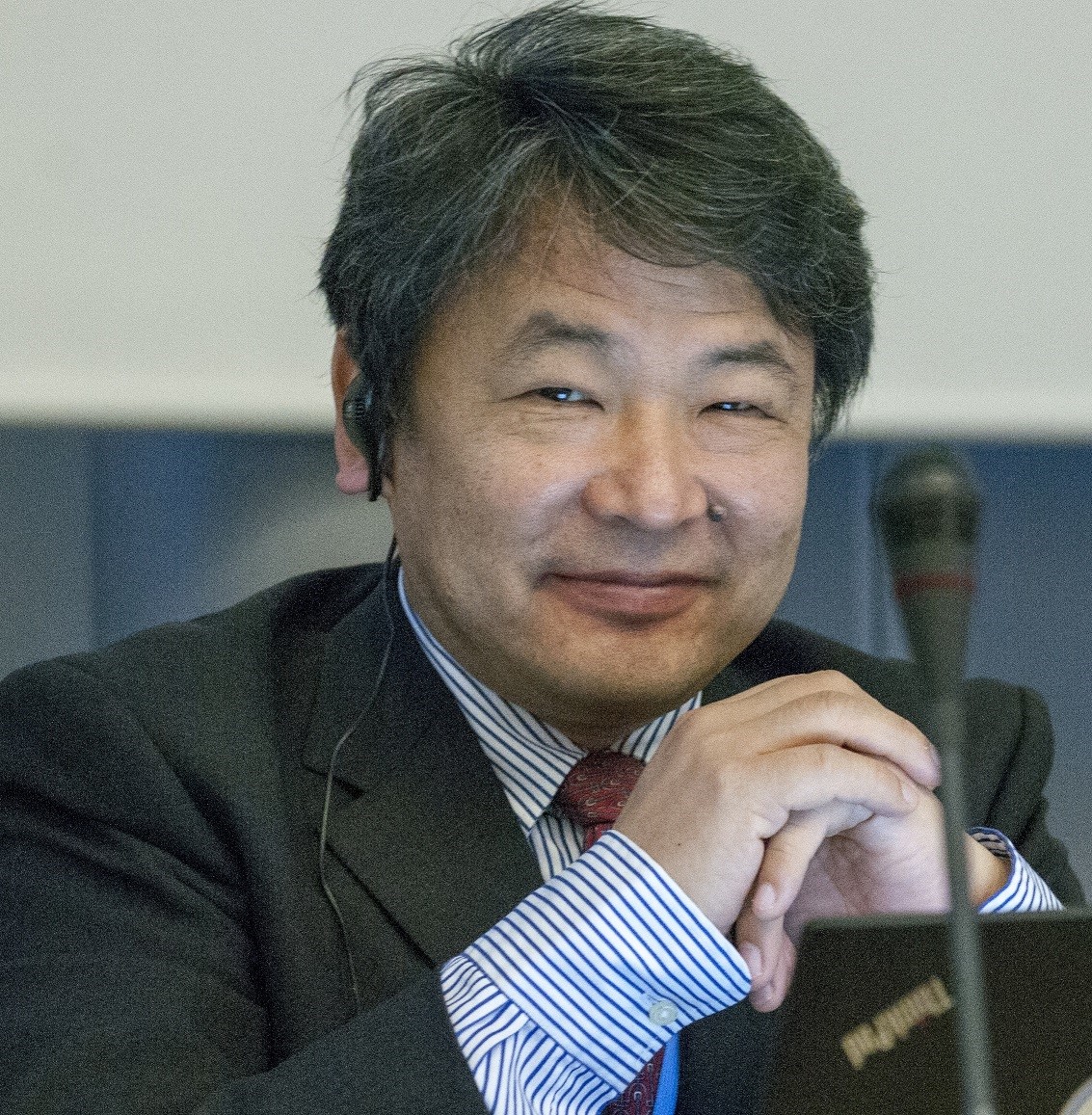
Masahito Kawamori is the Rapporteur of Question 28 "Multimedia Framework for e-Health Applications" in Study Group 16 of ITU-T. He appeared as speakers at several conferences on e-health, including WSIS.. He actively participated in the collaboration between ITU-T and WHO, and participated in many joint ITU-WHO Workshops on e-Health. Since 2015, he has been involved with the "make listening safe" initiative of WHO. .He is the editor of ITU/WHO standard "safe listening devices and systems". Masahito Kawamori is also a project professor at Keio University in Japan."
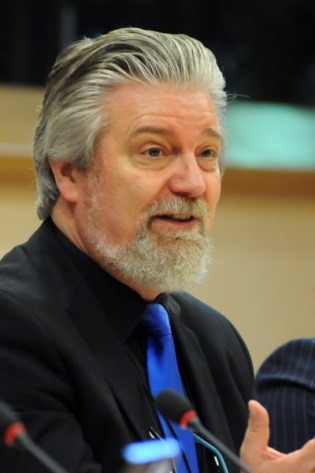
Mark Laureyns is Audiologist and Speech Pathologist, he is director of the International CRS (Amplifon Centre for Research and Studies) in Milan, he lectures Hearing Aid Fitting at the Thomas More University College, Department of Audiology in Antwerp. He is expert on Audiology Practice and Safe Listening at multiple normative institutes and since 2014 he is president of the AEA (European Association of Hearing Aid Professionals). His field of research concerns, safe listening practices, the added value of hearing aid signal processing, central auditory processing, localization and binaural masking release, the relation between hearing and cognition, hearing and burn-out, diabetes and hearing loss and quality professional hearing care. He started as speech pathologist at the Antwerp institute for hard of hearing children in 1983 he started working as a rehabilitative audiologist for L’Acoustique Médical in Belgium in 1983. Since 1997 he has the position as lecturer hearing aid fitting at the Thomas More University College in Antwerp and since 2012 he is heading the Amplifon Centre for Research and Studies in Milan. He has been vice president of the Belgian National Association of Hearing Aid Professionals (CEUPA) since 1992, he joined the AEA (European Association of Hearing Aid Professionals) technical workgroup in 2009 and was elected AEA president in 2014. Since 2019 he is the co-chair of the World Hearing Forum “Make Listening Safe Workgroup”, an initiative of the World Health Organization.
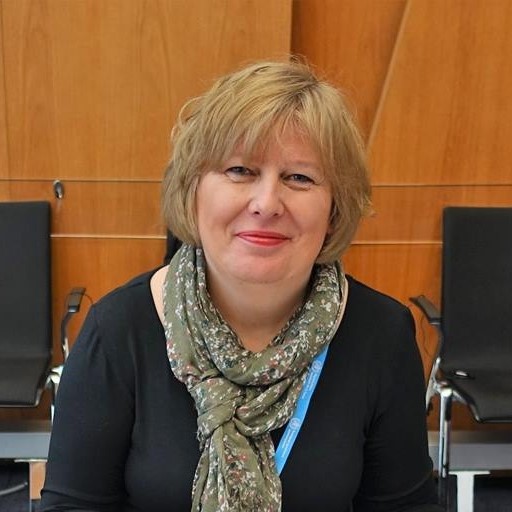
Lidia is a Chairman of the National Association of Deafened People (NADP) and vice Chairman of ITU JCA-AHF ( International Telecommunication Union Joint Coordination Activities on Accessibility and Human Factors) and internationally recognised accessibility expert and advocate for persons who are deaf or hard of hearing. Her work has specific focus on accessibility for deaf and hard of hearing people including policy development, training, and consulting. In standardisation she worked in topics in telecoms, captioning and assistive listening devices , having authored the ITU FSTP-RCSO “Overview of remote captioning services" and H.871“Safety requirements for wearable audio augmenting devices” the recommendation on personal sound amplifiers. She contributes to work on standards as a member of G3ict delegation to ITU. She co-authored reports into situation of hard of hearing and deafened people in Europe with focus on employment, hearing care and accessibility during her time as the Vice-President of the European Federation of Hard of Hearing ( EFHOH) the role she stood down from in May 2020.
-
 C1. The role of governments and all stakeholders in the promotion of ICTs for development
C1. The role of governments and all stakeholders in the promotion of ICTs for development
-
 C3. Access to information and knowledge
C3. Access to information and knowledge
-
 C7. ICT applications: benefits in all aspects of life — E-health
C7. ICT applications: benefits in all aspects of life — E-health
Policy makers, manufacturers of devices and smartphones play a vital role in enabling consumer make responsible decisions about their listening habits.
Consumers, young people need easy to access information and awareness of dangers to unsafe listening practises.
-
 Goal 3: Ensure healthy lives and promote well-being for all
Goal 3: Ensure healthy lives and promote well-being for all
-
 Goal 11: Make cities inclusive, safe, resilient and sustainable
Goal 11: Make cities inclusive, safe, resilient and sustainable
Both goal 3 and 11 are linked with enabling users of devices to make informed choices which in turn promote healthy hearing and personal wellbeing. Cities can be made more inclusive when they implement max sound levels in their environmental health strategies and as part of promoting wellbeing.
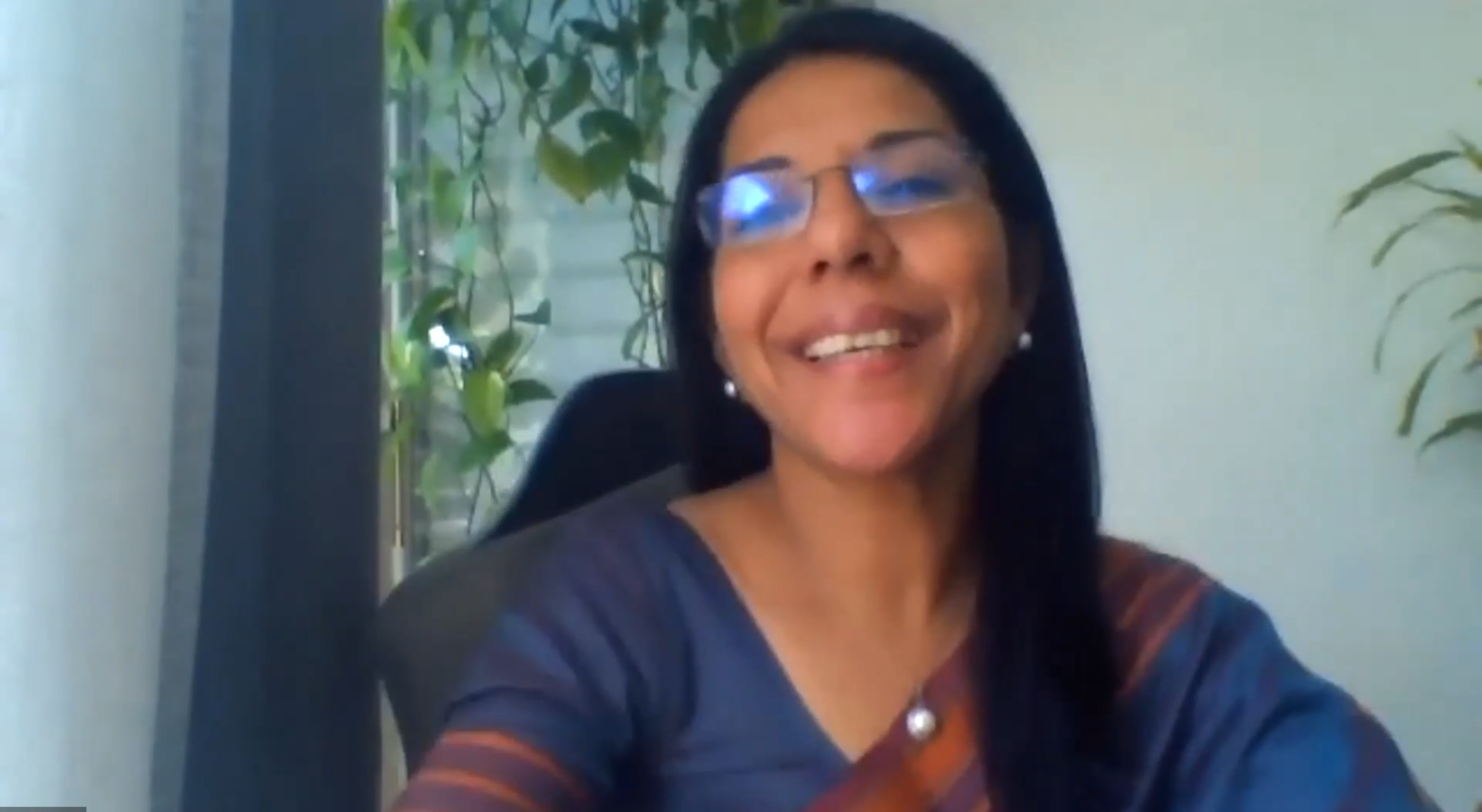
.png)
.png)
.png)
.png)
